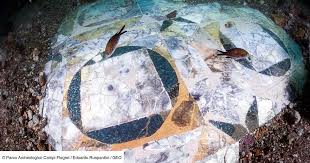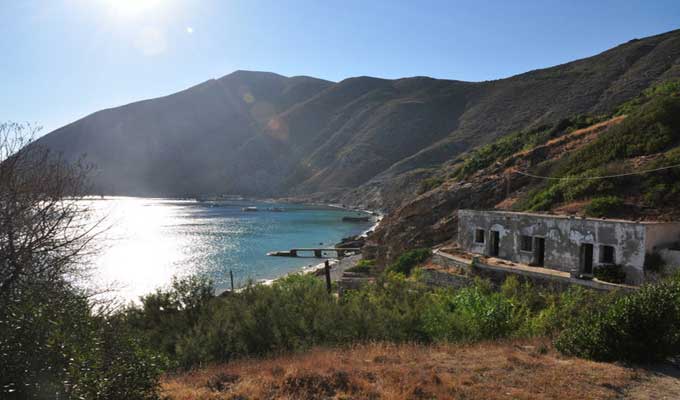From Nice, at the United Nations Ocean Conference, Emmanuel Macron expressed confidence about the future of the treaty for the protection of the high seas. What does this text contain, aimed at safeguarding areas that belong to no single state? Here’s an overview.
From Nice, where the third United Nations Ocean Conference (UNOC 3) is taking place from June 9 to 13, 2025, France is pushing for the conclusion of a treaty to which it has actively contributed. The international treaty for the protection of the high seas and marine biodiversity beyond national jurisdiction (known in English as the Marine Biodiversity of Areas Beyond National Jurisdiction, or BBNJ) is reportedly on track for implementation. At the opening of the international summit, Emmanuel Macron expressed great enthusiasm about its future. “In addition to the fifty ratifications already submitted here in recent hours, fifteen countries have formally committed to joining them,” he said during his opening speech.
Ratification by 60 States Needed for the Treaty to Take Effect
The high seas protection treaty was adopted by the UN in June 2023 and opened for signatures starting in September 2023. For it to be officially implemented, 60 countries must ratify it. Once that threshold is reached, the treaty will come into effect 120 days later.
However, since September 2023, much to France’s disappointment, the required 60 ratifications have not yet been reached. Among the 116 countries that signed the treaty before UNOC 3, only 31 had ratified it. If the President’s statement proves accurate, the treaty should enter into force within four months.
“The Biggest Loss of Marine Biodiversity Is Linked to Overfishing”
The treaty aims to protect the high seas — the area beyond states’ exclusive economic zones (EEZ), extending beyond 370 km from coastlines — which Emmanuel Macron described as a “far west.” This area accounts for 60% of the ocean’s surface and about half the Earth’s surface. These zones, which belong to no one, are vulnerable to overfishing, plastic and noise pollution, and climate change.
“There is a global and general degradation of the oceans. While much attention is given to coastal areas, the high seas are also affected,” explained Marina Lévy to Public Sénat. Lévy is a research director at CNRS, ocean advisor at IRD, and co-creator of the Starfish Barometer, which provides a state-of-the-ocean report. Among the 1,677 marine species threatened with extinction, many live in the high seas, including a quarter of threatened cetaceans. “According to IPBES [the Intergovernmental Science-Policy Platform on Biodiversity and Ecosystem Services, often called the biodiversity IPCC], the biggest loss of marine biodiversity is linked to overfishing,” she warned. According to the Starfish Barometer, the proportion of fish caught in overfished stocks rose from 10% in 1974 to 37.7% in 2021.
In addition to overfishing, the high seas suffer from plastic pollution, which contaminates and kills fish. “Not only do large animals get trapped in nets, but they also ingest microplastics that poison them and accumulate in their bodies,” Marina Lévy detailed. According to her barometer, ocean plastic pollution increased from 2 million tons in 1950 to 413.8 million tons in 2023.
The Treaty: Creating Marine Protected Areas and Impact Assessments for New Projects
To counteract this trend, the high seas protection treaty includes several measures. The first is the possibility to establish large-scale marine protected areas in the high seas. These zones are designated marine spaces aimed at biodiversity protection. They do not outright ban fishing but emphasize sustainable resource management and are governed by collectives made up of users, officials, and experts. Until now, marine protected areas could only be established within countries’ EEZs.
Another key measure is that any new human activity on the high seas must undergo an environmental impact assessment followed by authorization issued by the relevant state. The project’s consequences on the marine ecosystem must be evaluated over the long term and reassessed regularly.
Finally, the treaty addresses research and genetic resources collected in the high seas—such as samples of plants, animals, or minerals—which can interest industries like pharmaceuticals or cosmetics. The treaty aims to make genetic resource collection traceable and establishes a mechanism for data sharing among signatory countries. It also requires actors commercializing products derived from such resources to contribute to a global fund dedicated to the preservation of high seas biodiversity.
Source: publicsenat




